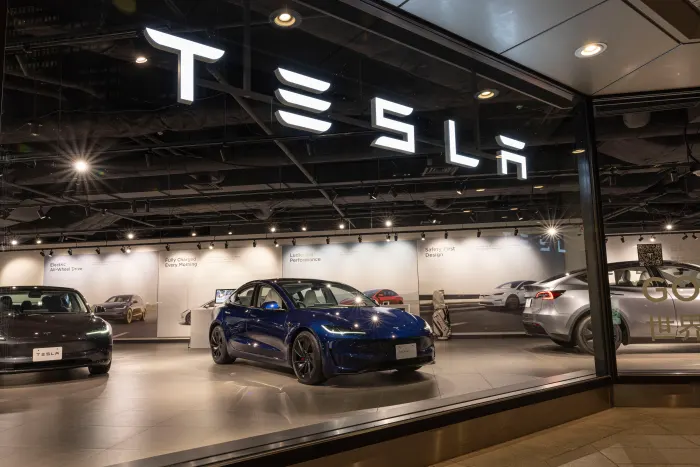Following Tesla’s third-quarter delivery report, analysts have updated their outlooks for the electric vehicle (EV) maker, with mixed reactions.
Tesla delivered 462,890 vehicles in Q3 2024, marking a 6% increase from the same period last year. However, this figure slightly missed analysts’ expectations of 463,310, according to FactSet StreetAccount data.
Tesla’s stock dropped by 3.5% on October 2 following the delivery announcement, with some investors expressing concern over the slight shortfall. Tesla’s deliveries in Q3 improved from its earlier struggles in the first half of the year, when weak sales and price cuts impacted results. For context, Tesla delivered only 386,810 vehicles in the first quarter of 2024, an 8.5% year-over-year decline, and 443,956 vehicles in the second quarter, down 4.8% from the previous year.
Despite the delivery miss, Tesla also highlighted production of 469,796 vehicles in the quarter and strong performance in its energy storage segment, which deployed 6.9 GWh of storage products, the second-highest in its history. Tesla’s energy business, which generated $3 billion in revenue in Q2, continues to be a growing focus, with analysts like William Blair’s Jed Dorsheimer seeing it as an “underappreciated” part of Tesla’s broader strategy.
Analysts’ responses to the Q3 delivery report have been varied.
- Baird analysts noted that while deliveries were slightly lower than anticipated, Tesla’s energy storage deployments were a highlight. They maintained an “outperform” rating on Tesla shares, with a price target of $280. Baird expects investor attention to shift to Tesla’s upcoming robotaxi event on October 10.
- Evercore ISI took a more cautious approach, labeling the delivery miss as a “slight expectational disappointment,” especially in light of heightened market forecasts. The firm projected Tesla’s Q3 earnings per share (EPS) to fall between 57 and 59 cents, with a gross margin of approximately 15%, and maintained an “in line” rating for Tesla shares.
- Barclays also acknowledged the delivery shortfall, attributing it to weaker demand for higher-end models like the Model S, X, and the newly introduced Cybertruck. Barclays kept an “equal weight” rating on Tesla, with a price target of $220.
Tesla stock has largely underperformed the broader market in 2024, down 0.33% year-to-date compared to the S&P 500’s 20% gain. However, it has rebounded from earlier slumps caused by weak sales and aggressive price cuts across its lineup, including $2,000 reductions on its Model Y, Model X, and Model S vehicles in April.
Tesla’s core automotive business, which accounts for about 78% of its revenue, continues to face challenges. According to Cox Automotive data, Tesla lost market share to other EV brands in the US during the first half of 2024, as non-Tesla EV sales rose by 33%, while Tesla’s fell by 9.6%. Despite this, the company remains confident in its long-term growth, especially in regions like China, where demand is stabilizing.
Looking ahead, Tesla will release its full Q3 financial results on October 23. Investors will be watching closely to see how Tesla’s earnings compare to analysts’ forecasts, especially after its automotive sales dropped by 6.5% in the second quarter. Tesla’s energy segment, which doubled its revenue year-over-year to $3 billion in Q2, is expected to continue being a key growth area.
With input from the Associated Press, the Street, and Tesla.









